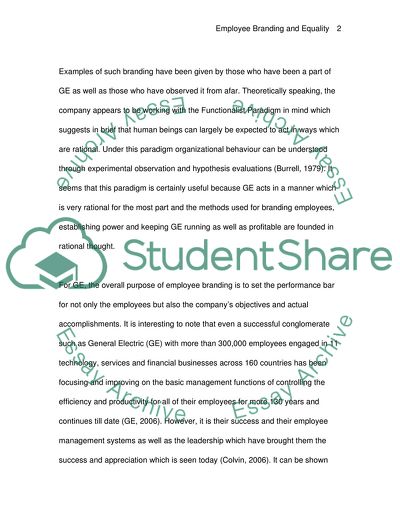Cite this document
(Employee Branding and Equality Assignment Example | Topics and Well Written Essays - 2500 words - 1, n.d.)
Employee Branding and Equality Assignment Example | Topics and Well Written Essays - 2500 words - 1. https://studentshare.org/human-resources/1705475-employee-resourcing
Employee Branding and Equality Assignment Example | Topics and Well Written Essays - 2500 words - 1. https://studentshare.org/human-resources/1705475-employee-resourcing
(Employee Branding and Equality Assignment Example | Topics and Well Written Essays - 2500 Words - 1)
Employee Branding and Equality Assignment Example | Topics and Well Written Essays - 2500 Words - 1. https://studentshare.org/human-resources/1705475-employee-resourcing.
Employee Branding and Equality Assignment Example | Topics and Well Written Essays - 2500 Words - 1. https://studentshare.org/human-resources/1705475-employee-resourcing.
“Employee Branding and Equality Assignment Example | Topics and Well Written Essays - 2500 Words - 1”. https://studentshare.org/human-resources/1705475-employee-resourcing.


